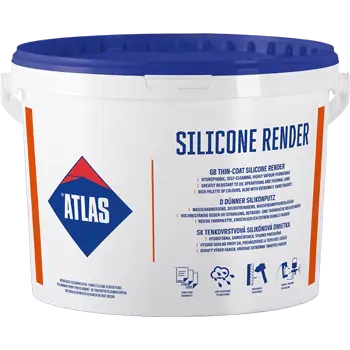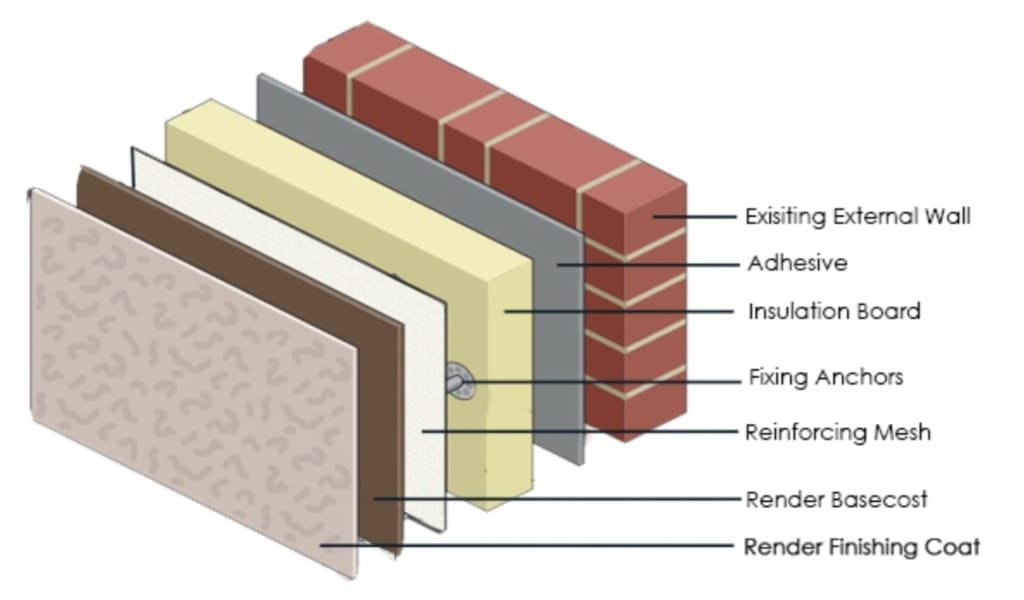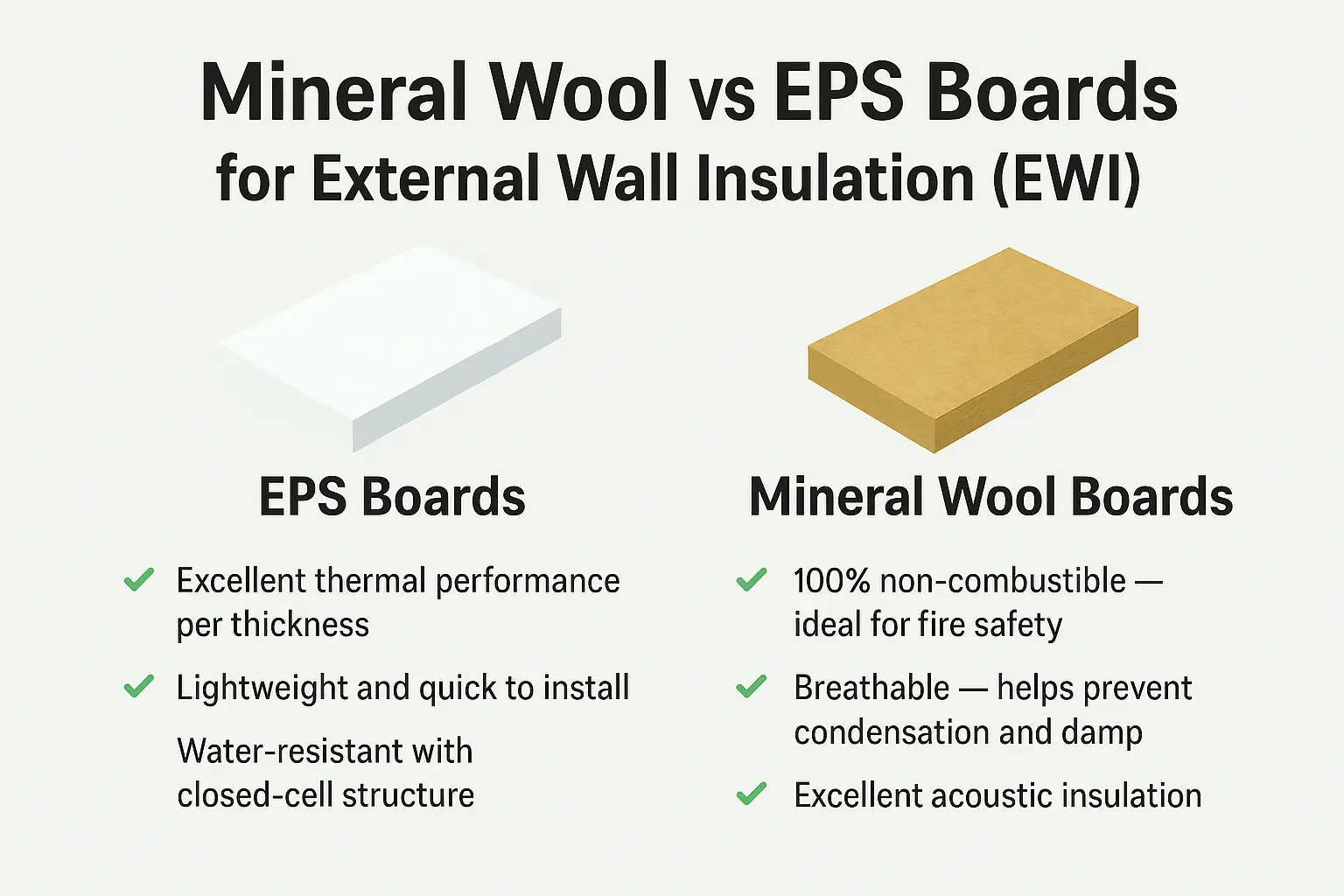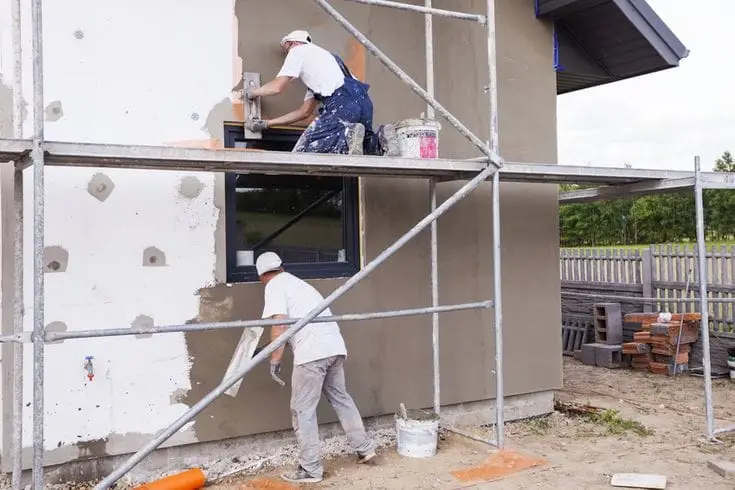Is silicone render better than normal render?

When choosing an exterior wall finish, you’ll find many options available. One of the most common is render, a type of plaster applied to the outside of a building. The two main types are silicone render and normal (cement) render. Each offers unique advantages and drawbacks. Let’s compare them to help you choose the right option for your project.
What Is Silicone Render?
Silicone render contains silicone-based additives that create a waterproof and breathable layer on external walls. It has become popular thanks to its durability, UV resistance, and ability to withstand harsh weather.
Because of its strong adhesion, installers can often apply silicone render directly onto existing surfaces without major preparation.
Advantages of Silicone Render
Silicone render provides excellent waterproofing, making it ideal for homes in wet or coastal areas.
It resists cracking, fading, and algae growth, so walls stay cleaner for longer.
Installation is also faster since it usually requires less base preparation.
Although it costs more than standard render, its long lifespan and low maintenance often justify the price.
What Is Normal Render?
Normal render, also known as cement render, uses a mix of cement, sand, and lime. Builders have used it for centuries to protect and decorate building exteriors.
It remains a popular choice because it’s affordable and easy to apply.
However, unlike silicone render, it doesn’t provide the same level of waterproofing or flexibility.
Advantages of Normal Render
Normal render is cost-effective and gives a traditional finish with a textured look.
It’s easy to paint or customize, and materials are widely available.
For smaller projects or interior walls, it can be a practical and budget-friendly solution.
Disadvantages of Normal Render
The main drawback is its limited waterproofing. In areas with heavy rain or frost, it may absorb moisture, leading to cracks or damp patches.
Cement render can also require more maintenance over time, such as repainting or sealing.
It usually needs surface preparation before application to ensure proper adhesion, which increases labor time.
Conclusion
Both silicone and normal render have their place in modern construction.
Choose silicone render if you need long-term protection, minimal upkeep, and superior weather resistance.
Opt for normal render if cost and a traditional look matter more for your project.
The best choice depends on your budget, climate, and desired finish—but understanding these differences ensures you make a smart, durable investment.





